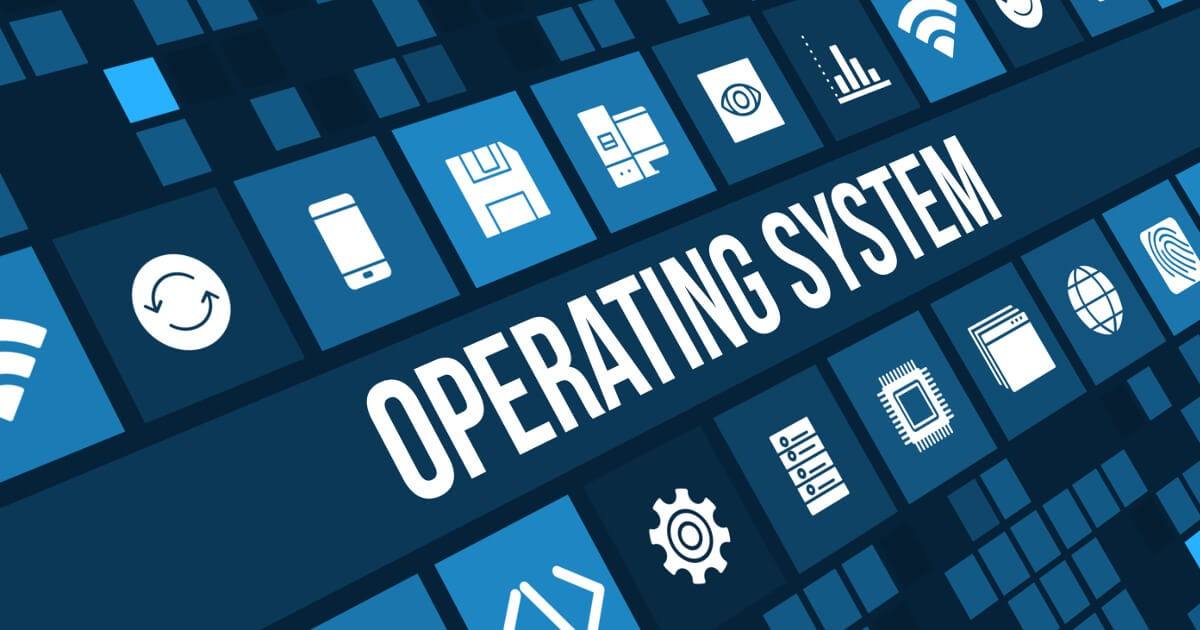Introduction to Artificial Intelligence (AI)

Artificial Intelligence (AI) refers to the simulation of human intelligence processes by machines, particularly computer systems. These processes include learning (the ability to improve performance based on experience), reasoning (drawing conclusions from data), problem-solving, perception (interpreting visual, auditory, and sensory input), and language understanding.
AI can be categorized into two main types:
-
Narrow AI (Weak AI): This type of AI is designed and trained for a specific task. It is very good at performing one particular job but lacks the general intelligence and flexibility of a human. Examples include facial recognition software, chatbots like Siri, recommendation algorithms, and self-driving cars.
-
General AI (Strong AI): This hypothetical type of AI would have the ability to perform any cognitive function that a human can. It would be capable of understanding, learning, and applying intelligence across a wide range of tasks. Currently, true General AI has not yet been achieved.
AI technologies are powered by several key techniques:
-
Machine Learning (ML): A subset of AI that focuses on the idea that systems can learn from data and improve over time without being explicitly programmed. Common techniques include supervised learning, unsupervised learning, and reinforcement learning.
-
Deep Learning: A subset of machine learning that uses neural networks with many layers (hence "deep") to analyze various types of data. This approach is particularly effective for tasks like image recognition and natural language processing.
-
Natural Language Processing (NLP): This enables machines to understand and interpret human language, allowing for applications such as voice assistants, language translation, and sentiment analysis.
-
Computer Vision: This field enables machines to interpret and make decisions based on visual inputs, such as identifying objects or people in images and videos.
Applications of AI are vast and continue to grow in areas like healthcare, finance, education, entertainment, autonomous vehicles, robotics, and more.
The development and deployment of AI also raise ethical considerations, including issues of privacy, job displacement, security, and bias, making it an ongoing area of research and debate.






